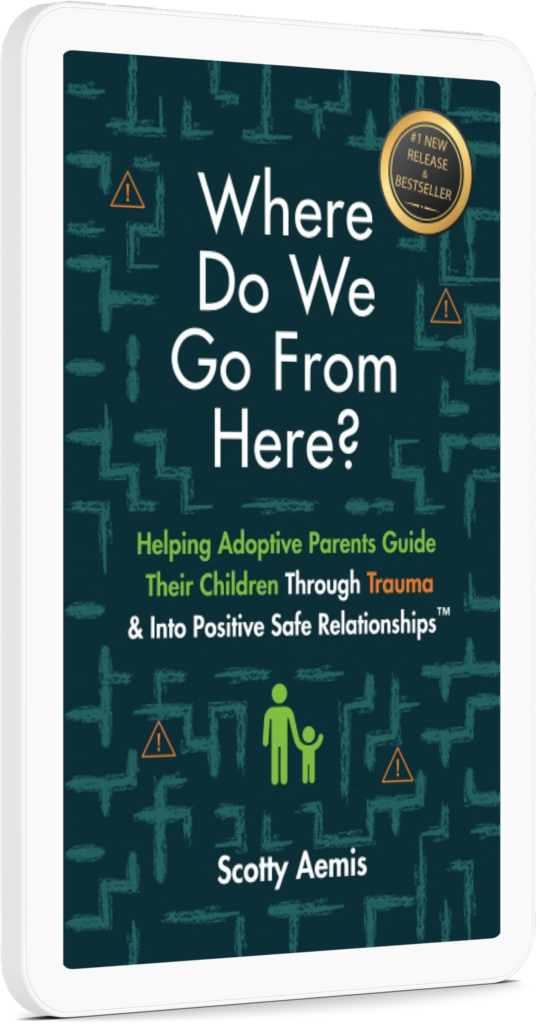What We Get Wrong About Trauma: A Call for Compassion and Understanding
Every child has their moment where they throw a tantrum or lash out with anger. But for children who have experienced trauma, traditional parenting often misunderstands what has caused this behavior, and thus, responds incorrectly to that behavior.
Traditional parenting tells us that there must be punishment, or consequences, for an unwanted action. However, studies clearly show that children with trauma respond much better to parenting techniques that both acknowledge and address the life-long impacts of trauma.
For many parents and adoptive parents, it can be difficult to embrace this newer style of parenting, especially when so many of us were raised with the much more familiar consequence-based approach.
But when it comes to kids who have experienced trauma, we must commit to compassion and understanding.
In this article, we’ll take a look at how trauma affects the brain and how it causes challenging behaviors, plus learn about trauma-informed parenting styles.
Trauma is a Brain Injury with Real Effects
Trauma changes developing brains. As a parent, it is extremely helpful to acknowledge that this is a real injury and the effects it has, as this can help inform your parenting tactics.
When an individual experiences trauma over and over again, this leaves us in a constant state of fear. Children with trauma are always in the fight or flight mode, staying alert for danger.
When we are in fight or flight mode, the lower regions of our brain take over. This is a fundamental aspect of human survival, but this mode won’t allow us to operate out of higher regions of the brain where logic and reasoning happens.
This means that when a child with trauma is triggered by something that feels dangerous to them, they exhibit behaviors that may seem inexplicable to you. But for them, these behaviors are a mode of self-protection.
What This Means for Your Parenting Style
What this means for your parenting style is that you must approach your child with trauma through empathy, compassion, and patience.
Trauma-informed parenting means not only understanding these neurobehavioral aspects of your child’s challenging behaviors, but also realizing that there needs to be a focus on building a safe and positive relationship with your child.
Prioritizing connection allows you to help address your child’s basic need for safety. When your child feels safe with you, it reduces the number of triggers that lead to challenging behaviors. It also allows them to connect with both you and the world around them.
It’s also important to understand your child’s developmental age and how that can vary during different aspects of their life. Often, children with trauma have a gap between their chronological and developmental ages. Children with trauma can have difficulty expressing themselves verbally while also being emotionally immature.
And no child with trauma is the same. Each one will develop at different rates and times. So where one solution may work for a particular child with trauma, it may not work for another child with trauma. Knowing this can help you to support your child with trauma in a unique way that better supports where they are, rather than where the world says they should be based on their date of birth.
Finally, it’s important to understand that there should be no shame or blame. Guilting a child with trauma into behaving how you want will only make the situation worse. Instead, approach your child with empathy and compassion. Focus on building your child’s confidence and self-worth. Allow them to feel grief for what happened to them. Acknowledging their past, rather than avoiding it, allows them to work through their trauma toward healing.
Remember to never take their behaviors personally. It may feel personal, but it is important in those moments to separate what they are doing with who they are. Don’t forget to also extend yourself grace. Some parents feel their own guilt and shame after learning about trauma-informed parenting and not understanding their child previously. Allow yourself to also feel whatever it is you feel when it arises, then allow yourself to release it. Reassure yourself that both you and your child are now on the right path toward healing and that you are there to support your child the best way you can with the tools and knowledge you have at this moment.


